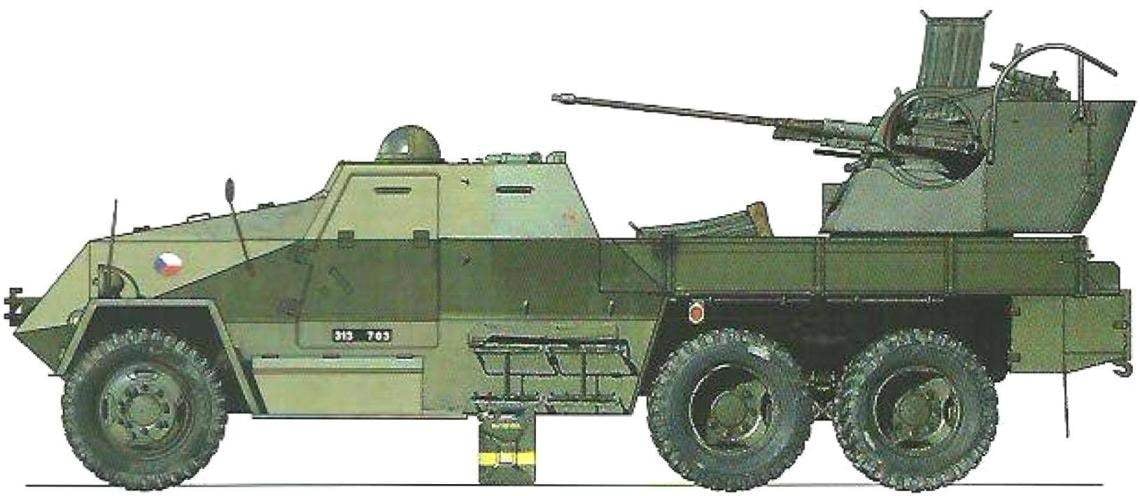 The story began during the Second world war. The command of the Wehrmacht, faced at the first stage of hostilities with a large number of Soviet light armored vehicles – tanks BT, T-60, T-70 and armored vehicles, and with our attacking aircraft, especially with the armored attack aircraft Il-2, decided to supply the troops of the 30-mm gun of high destructive power and long range of fire. According to the plan, such weapons must be effective to act on the objects directly on the battlefield, but also at air targets.
The story began during the Second world war. The command of the Wehrmacht, faced at the first stage of hostilities with a large number of Soviet light armored vehicles – tanks BT, T-60, T-70 and armored vehicles, and with our attacking aircraft, especially with the armored attack aircraft Il-2, decided to supply the troops of the 30-mm gun of high destructive power and long range of fire. According to the plan, such weapons must be effective to act on the objects directly on the battlefield, but also at air targets.
In 1942 the order for the development of paired 30-mm anti-aircraft guns under the symbol VG 0.30 cm 303 placed on the world-renowned Czechoslovak arsenals in Brno. However, the design proved to be difficult: having a considerable experience in the establishment of rifle-calibre machine guns, the Czechs met with great challenges in the transition to the 30-mm rounds. Development has moved into the post-war period and was only completed in 1953, Then the system has been tested and was adopted as “a 30-mm anti-aircraft gun OBR. ZK 453 1953” (designation NATO – M53/59).
In the years of the cold war the main armament of the armies of the socialist countries was Soviet-made. But the weapons took a lot. In addition, under the threat of nuclear confrontation to concentrate all military production in one country was feasible. Because part of the creation and production of weapons outsource to other countries with experience of military production – Czechoslovakia, the GDR, Poland.
